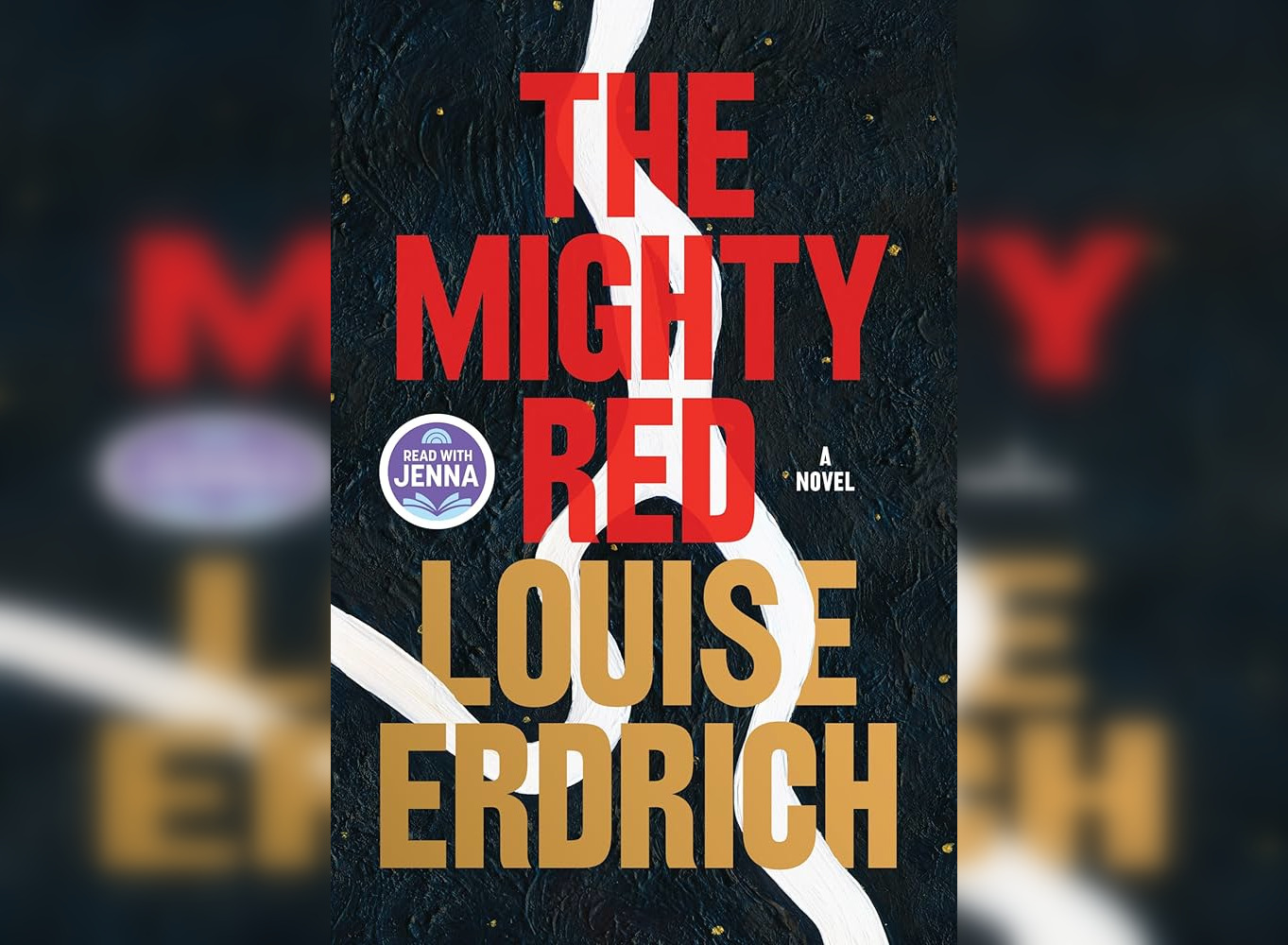
News
Harvard Grad Union Agrees To Bargain Without Ground Rules

News
Harvard Chabad Petitions to Change City Zoning Laws

News
Kestenbaum Files Opposition to Harvard’s Request for Documents

News
Harvard Agrees to a 1-Year $6 Million PILOT Agreement With the City of Cambridge

News
HUA Election Will Feature No Referenda or Survey Questions
‘The Mighty Red’ Review: A Novel for the Ages
5 Stars

Louise Erdrich’s newest book is “The Great Gatsby” of our time. Throughout the work, Erdrich captures a small sample of the multitude of American experiences — and what a harrowing, agonizing, exquisite collection of experiences it is.
“The Mighty Red” tells the story of a small community in North Dakota living in the Red River Valley where industry and Big Ag dominate the natural world. Kismet Poe, a retired Goth planning to attend college, lives with her mother, Crystal, who hauls beetroots from the Geist’s farm to the sugar processing plant that looms ominously over the valley. The year is 2008, and a financial crash on Wall Street seems far removed from the lives of the farmers, truck drivers, and restaurant workers in Erdrich's narrative.
Like the polluted Red River, a “brown muscle of water” that is lethargic and lethal by turns, certain themes flow through the rich prose of the story, carrying messages about the artificiality of our modern world and the beauty of imperfections in nature and human relationships alike. Erdrich masterfully depicts the inertial pull of abusive relationships, the descent from conventionality into madness, and the tender yearning toward impossible dreams all with an empathetic touch.
A recurring motif in “The Mighty Red” is the transition from nature and Native control of the land to “the pragmatic nihilism of industrial sugar farming” today. Erdrich integrates the history of the region through experiences touching the lives of Kismet’s grandmother, Happy, who made a fortune smuggling booze, and her mother, Crystal, who hauls sugar beets. The replacement of bluestem, switchgrass, and fescue with genetically modified sugar beets “coddled in their chemical dust” reflects the shift in power from tribes like the Dakota, the Ojibwe, and the Métis to white settlers seeking to capitalize on the slaughter of the buffalo and the good black soil of the valley.
Erdrich’s literary prowess extends beyond her analysis of environmental decay and economic excess. What truly distinguishes “The Mighty Red” is Erdrich’s ability to build complex characters with layers of subtle emotions and motivations — like the Red River valley itself, comprised of many layers of black soil covering an ancient ocean bed, Erdrich builds her characters through deft descriptions of their thoughts, interactions with other characters, and attitude towards the world.
Perhaps the best example of Erdrich’s superb character writing is the relationship between protagonist Kismet and Gary Geist, the wealthy town quarterback who sees something mysterious and fascinating about her — perhaps related to her “Indian, oops, Native American, blood.” Gary’s internal dialogue is self-centered and fixated on the way that other people perceive him. A mysterious accident before the events of the novel resulted in the death of one of his teammates, leaving a “dark slash of grief” in the town, and the lingering guilt both angers and frightens Gary.
Kismet, on the other hand, is a far more elusive character. Only later in the novel does the reader gain direct entry into her mind, realizing that everything she has told Gary is truthful — but not in the way one would expect. Kismet is something of a Matryoshka doll, as she reveals different sides of herself to her mother, best friend, and boyfriend. Without context, she is an opaque character, but putting all the facets Erdrich has written together reveals a deeply compassionate teenager expected to be mature before her time.
Although the novel meanders through descriptions of the natural world and the daydreams of various characters, it feels tightly paced due to the many mysteries that emerge throughout the text. Characters themselves serve as the mysteries, to themselves and others. A creeping sense of horror permeates the novel due to Erdrich’s portrayal of the psychosis of one of the characters. Her mind that is “filled with pop-bottle rockets” and her thoughts that “fizz out or spark ferociously” bleed into the narrative itself. Her thoughts become one with the narrative voice, which insists that “everything would be splendid, shining,” as they used to be. Erdrich depicts the descent into madness gradually, allowing the growing hysteria to seep into sections of the narrative.
This book will be required reading within the next decade. 9th graders will pick up paperbacks that scream “The Mighty Red” in scarlet letters, emblazoned with a white line like a painted wishbone. Crisp covers will eventually curl and fade after repeated readings, and delicate patterns of rips will edge themselves along cracked spines.
This book will be loved.
Copies of it will worm their way into Tiny Libraries and bookshelves in the back of Goodwill, where teenagers read the first tantalizing pages and furtively slip it into their backpacks. It will appear in the American Fiction section of Harvard’s Widener Library — some hapless undergraduate will find it and fall into the story, emerging hours later to find their CS50 work untouched but their mind permanently altered. It will be one of the best books in The New York Times’ 100 Best Books of the 21st Century, which doesn’t mean anything at all until you think of how many readers in book clubs will pick it up and read their own lives in its pages.
“The Mighty Red” is a novel for the ages.
—Staff writer Laura B. Martens can be reached at laura.martens@thecrimson.com.
Want to keep up with breaking news? Subscribe to our email newsletter.
From Our Advertisers

Over 300+ courses at prestigious colleges and universities in the US and UK are at your disposal.

Where you should have gotten your protein since 1998.

Serve as a proctor for Harvard Summer School (HSS) students, either in the Secondary School Program (SSP), General Program (GP), or Pre-College Program.

With an increasingly competitive Law School admissions process, it's important to understand what makes an applicant stand out.

Welcome to your one-stop gifting destination for men and women—it's like your neighborhood holiday shop, but way cooler.

HUSL seeks to create and empower a community of students who are seeking pathways into the Sports Business Industry.
